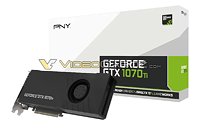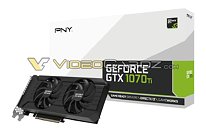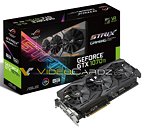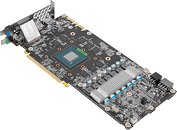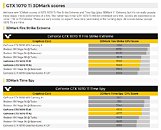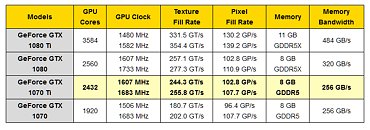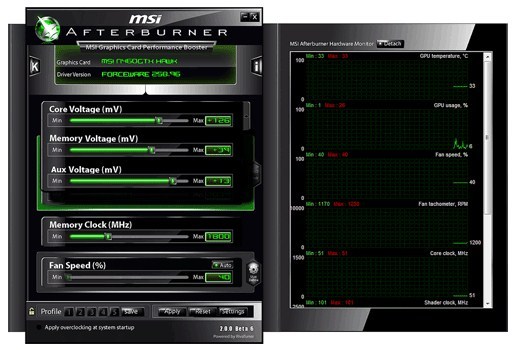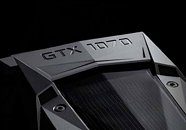
MSI, PALIT, ZOTAC GeForce GTX 1070 Ti Graphics Cards Also Pictured
Videocardz does a great job on putting their hands on as-of-yet unreleased pictures of upcoming GPUs, and this time, they've brought out some more custom takes on NVIDIA's GeForce GTX 1070 Ti graphics card from MSI, PALIT, and yet more ZOTAC models. MSI has shown their red and black color scheme yet again on their Gaming model; lower in the product stack comes the Armor model, with its black and white color scheme; and finally, there's the blower-type Aero version of the GTX 1070 Ti.
PALIT hasn't shown their hand on the blower-style GTX 1070 Ti, which they almost assuredly have; however, there are some pictures fo two of their custom models. There's a Dual-Fan model with the same name, and another, slightly higher-tier looking JetStream version, which likely brings some RGB elements and a custom PCB - likely, the GTX 1070 Ti version of their GTX 1080 JetStream graphics card.
PALIT hasn't shown their hand on the blower-style GTX 1070 Ti, which they almost assuredly have; however, there are some pictures fo two of their custom models. There's a Dual-Fan model with the same name, and another, slightly higher-tier looking JetStream version, which likely brings some RGB elements and a custom PCB - likely, the GTX 1070 Ti version of their GTX 1080 JetStream graphics card.






